Humanity would never have evolved so fast had it not been for horses, we used them for everything, from carrying things, as a means of transportation, to helping on farms. So i decided to do a little research and find out some of the most rare and unique horses that are out there.
Check out now some of the most amazing and unique horse breeds you will see in your life.
More info: realworldfatos.com
The Black Forest Horse
Native to Germany, the Black Forest received its name because the breed was created in the region of the German black forest back in the 15th century, today it is unfortunately at risk of extinction.
The breed is used on farms and also to pull carts, but due to its beautiful mane it is also successful in shows and exhibitions.
Belgian Draft Horse, the strongest of all
This monster is the Belgian Draft Horse, also known, for obvious reasons, as Belgian Heavy Horse, he is one of the strongest horses in the world, reaching an average weight of 900 kg (1,984 pounds), they can pull a load of up to 7,000 kg (15,432 pounds) in pairs .
The largest Belgian ever recorded, the Brooklyn Supreme, weighed 1,451 kg (3,198 pounds) and was 1.98 m (6’5 feet) tall.
Created to be a hard-working horse, it is also used for its meat, exhibitions and for riding.
Frisian, the black beauty
This breed earned its name because it was born in Friesland in the Netherlands, in fact it is believed that this is the only original breed of the country that still exists today, and do not be fooled by its size, the Frisian is surprisingly agile and graceful.
During the Middle Ages in Europe, ancestors of this noble race were in high demand as war horses because of their ability to easily carry knights in their armor. But despite its popularity at that time, the breed almost disappeared on more than one occasion, but in recent decades Frisians have been growing in popularity again.
Its most notable feature is its black fur, but it is possible that it comes in more brown tones as well. Their hooves are usually lighter than the rest of the body.
Bashkir, the cutest
Mix a horse with a poodle and you will have a Bashkir, named for being the horse of the Bashkir people who lived in the Republic of Bashkortostan in Russia.
Created by its meat and milk the horse is small, about 1.42 meters (4’6 feet), it has a large head with a short neck. The mane and the tail are thick and their fur is also thick and often curly.
There are two versions of this breed, one is lighter, used for riding and racing, and the other is heavier, used for farm work.
The Gypse Horse
Also known as the “Irish Cob”, the Gypse Horse is native to the British Isles, its name comes from the fact that the breed is associated with the Roma people who traveled Great Britain and Ireland and used these horses to pull their wagons.
Although it looks amazing and different from other breeds, the Gypse was not considered an official breed until 1996. It is appreciated for its long hair and furry hooves. He is strong, calm, kind and very smart.
Akhal-Teke, the golden beauty
This is a horse that even those who don’t like horses have to recognize its beauty. A native of Turkmenistan, he is actually the country’s national emblem. Its color earned it the nickname “Golden Horse”.
These horses are adapted to survive severe weather conditions and are considered to be one of the oldest breeds of horses in existence, around 3,000 years old. There are currently about 6,600 Akhal-Tekes in the world, mainly in Turkmenistan and Russia, although they are also found throughout Europe and North America.
Akhal was actually the name of the oasis line along the northern slope of the Kopet Dag mountains that was inhabited by the Tekke tribe of the Turkmen, hence its name Akhal-Teke.
Although it is recognized for its gold color there are actually Tekes of various colors, from brown and beige to white.
Yakutian, the most resistant
Yakutian, a breed of horse native to the region of the Siberian Republic Sakha (or Yakutia). The breed is known for its adaptation to the extremely cold climate of Yakutia, including the ability to locate and graze on vegetation that is under the cover of very deep snow, it still survives without shelter in temperatures reaching −70 °C (-94 °F), something almost unbelievable.
The horses appear to have evolved from domesticated horses brought by the Yakuts when they migrated to the area from the 13th century onwards, and are not descendants of wild horses.
Appaloosa, the spotted horse
Mix a horse with a Dalmatian and you will have an Appaloosa, a breed known for its spots that vary in size and can appear anywhere on the horse.
The Nez Perce, a native tribe of America, are responsible for the development of the first Appaloosa in what is now the United States. The colonists originally referred to this breed as the “Palouse horse”, probably because of the Palouse River. The breed almost disappeared after the Nez Perce war in 1877, but thanks to some dedicated breeders it grew to become one of the most popular in the modern United States, so much that the Appaloosa was even named the official horse of the state of Idaho in 1975.
Knabstrupper, the inimitable
Similarly we have the Danish breed Knabstrupper that comes in the horse and pony versions.
Its coat patterns vary from solid to a “leopard coat”, with many variants in between. The spotted coat is caused by a genetic mechanism called the Leopard Complex.
The painted color patterns common in Knabstrupper are seen in other breeds, such as in Appaloosa, although the two breeds developed independently of each other.
The breed was very popular when it was created in 1812, but it started to be crossed with other breeds and practically disappeared. Even today, breeders and specialists are trying to recreate the original breed using others, such as the Appaloosa, but to date no one has managed to imitate the original.
The Painted Horse
The Paint Horse got its name for obvious reasons, the breed is characterized by being intelligent, muscular, versatile, strong and athletic.
Bred in the U.S. for exhibitions, all horses of the breed come with a hair that combines the white color with another color, but with specially selected crosses it is possible to be born a completely white horse.
Fjord, the small beauty
The Fjord is a small horse, but its strength leaves nothing to be desired against larger horses. Used for hundreds of years as a farm horse in Norway they have a very friendly temperament.
The horse is also known for its long mane that is usually customized by its owners. They reach 500 kg (1,100 pounds) but are only 1.50 m (4’9 feet) tall, which makes many consider them ponies and not horses.
The ancestor of this breed is believed to have been domesticated about 4,000 years ago by the Norwegians.
Zorse, the hybrid
You will probably never see a Zorse in your life, because it is not just a horse, it is the cub of a horse with a zebra.
Like all hybrids the Zorse cannot reproduce, making it literally a unique animal, since no one will ever make two of them that look exactly the same.
Andalusian, the oldest
The Andalusian is an ancient war horse bred in the Iberian Peninsula, believed to be the oldest saddle horse in the world, ancestors of the breed were painted in caves around 30,000 B.C.
Nowadays it is widely used in competitions for its agility, beauty and intelligence.
270views
Share on Facebook
 Dark Mode
Dark Mode 

 No fees, cancel anytime
No fees, cancel anytime 


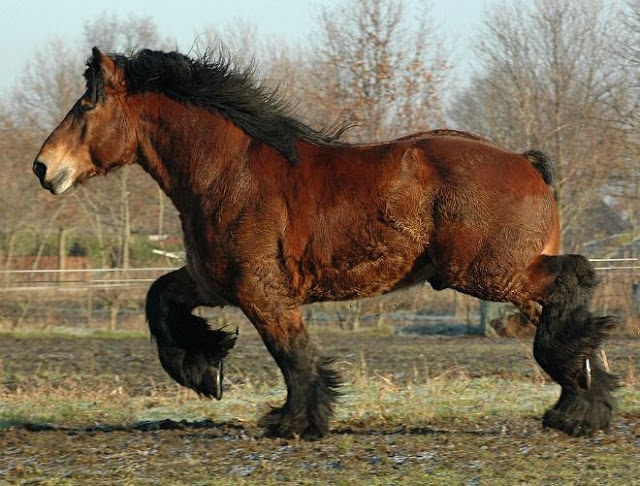
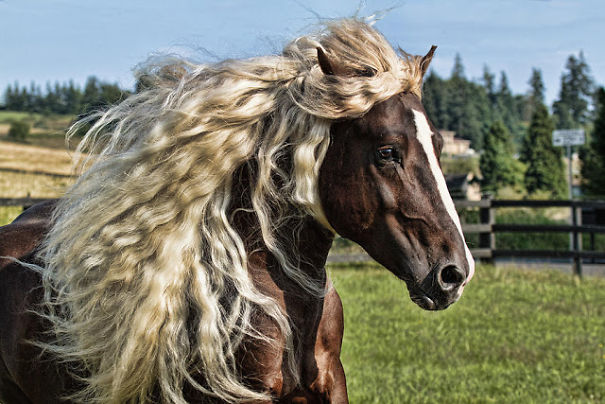
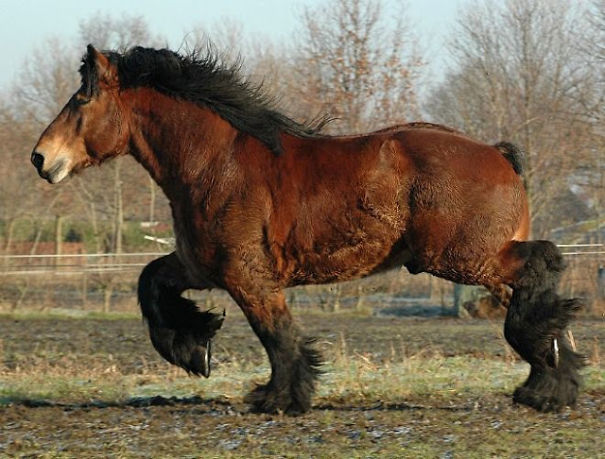
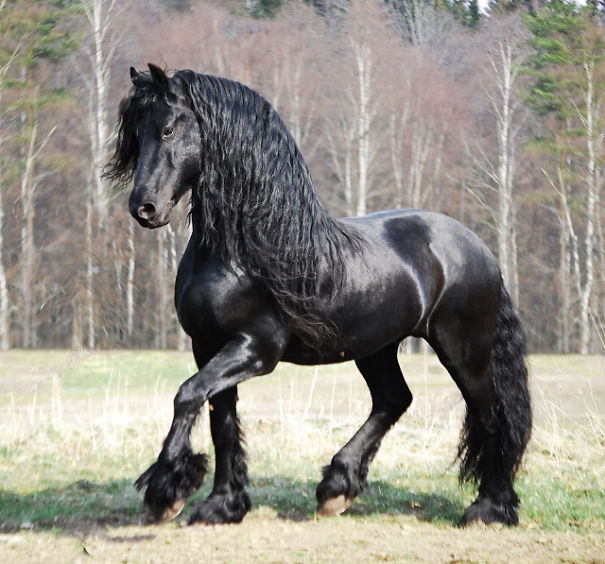
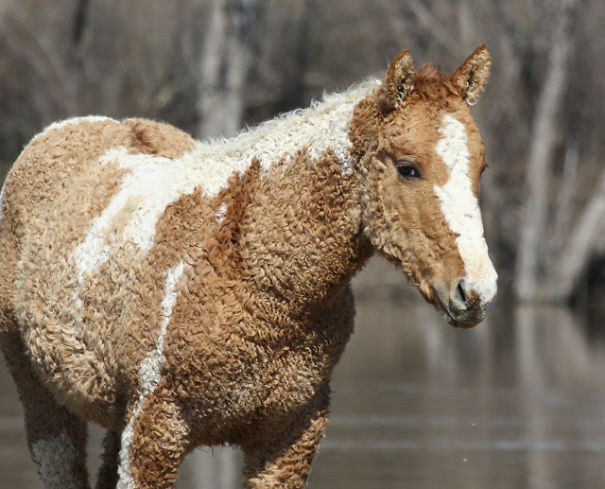
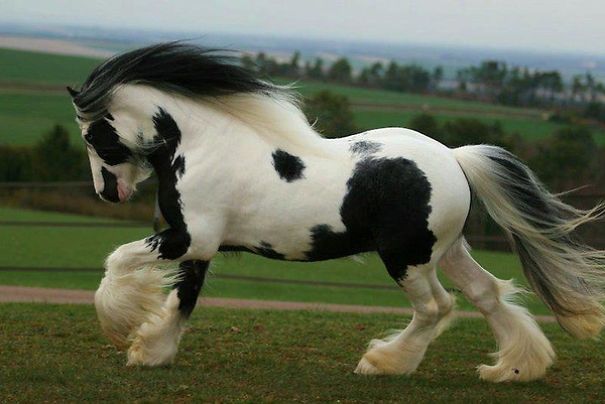
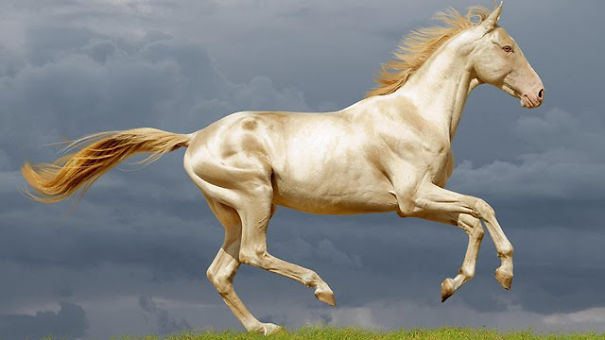
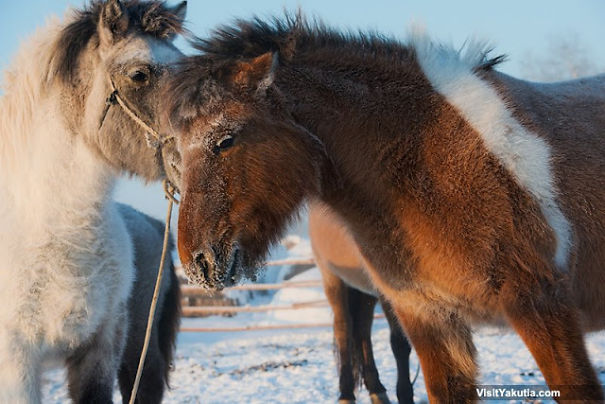
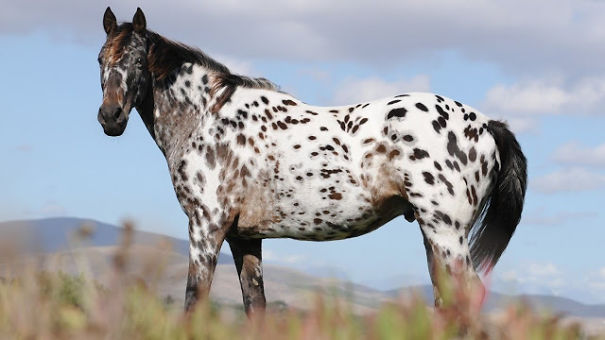
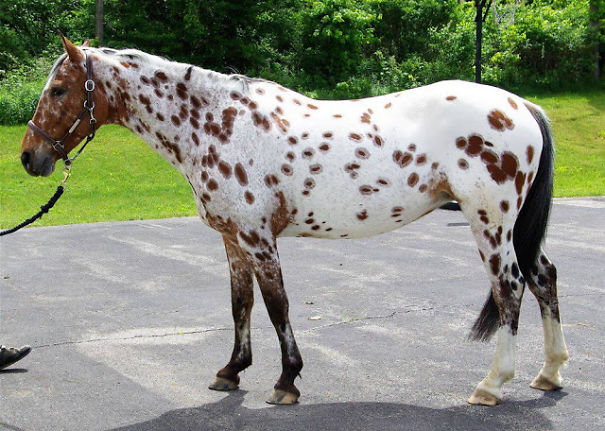
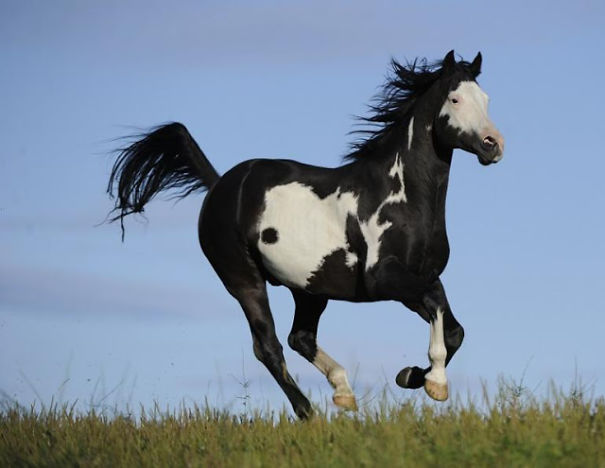
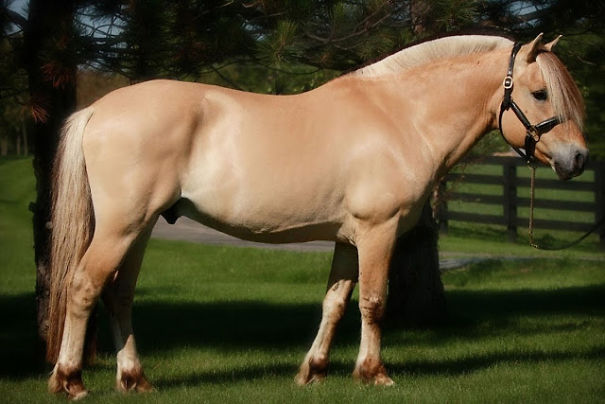
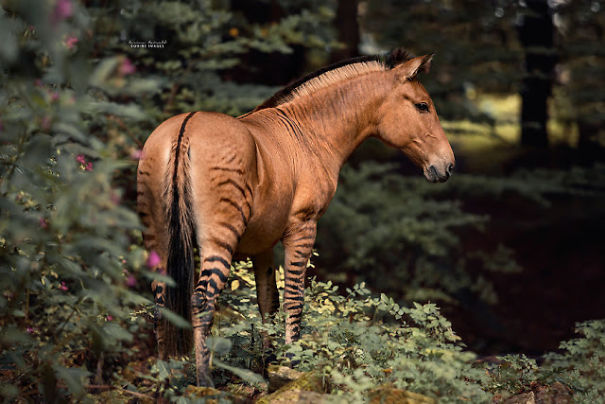
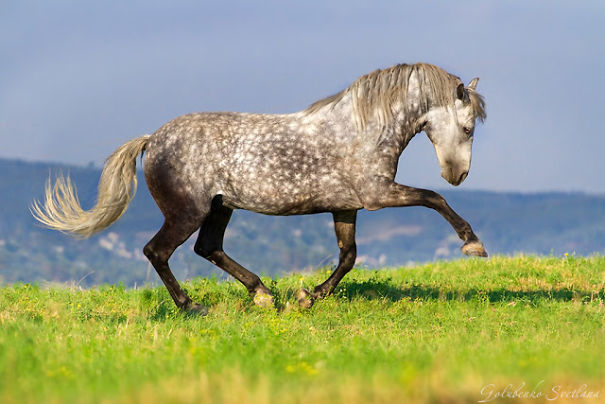


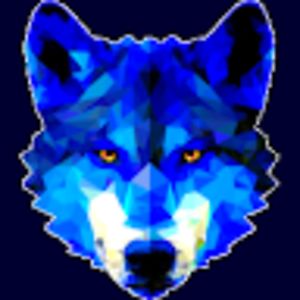
















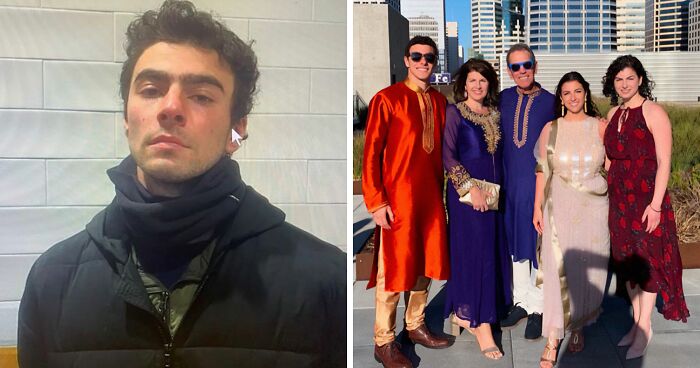






6
3